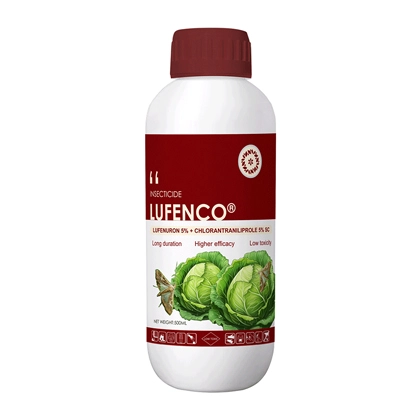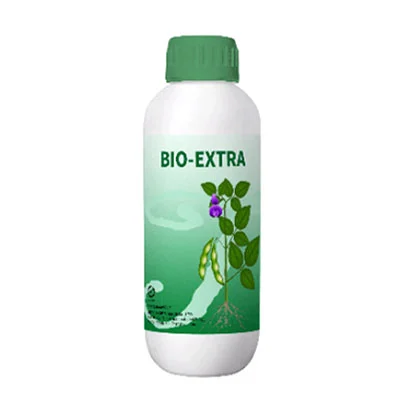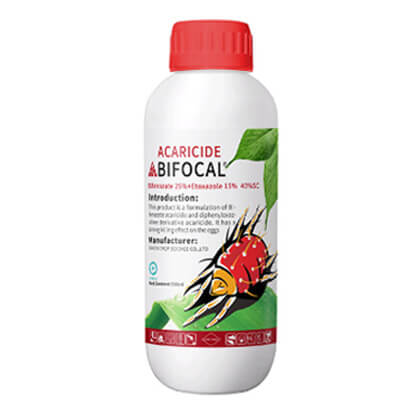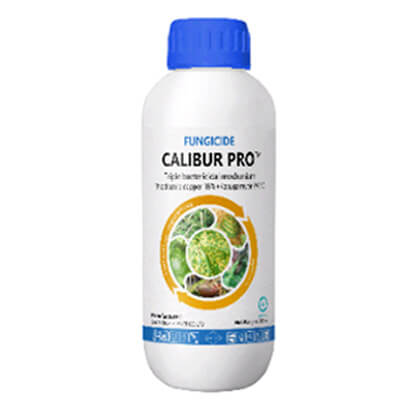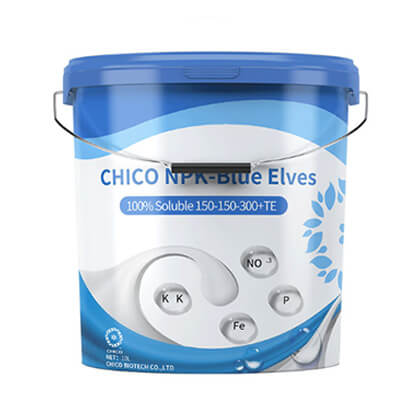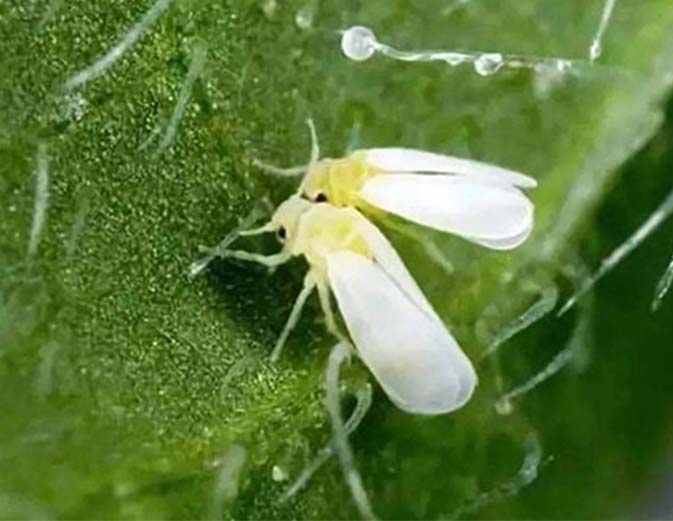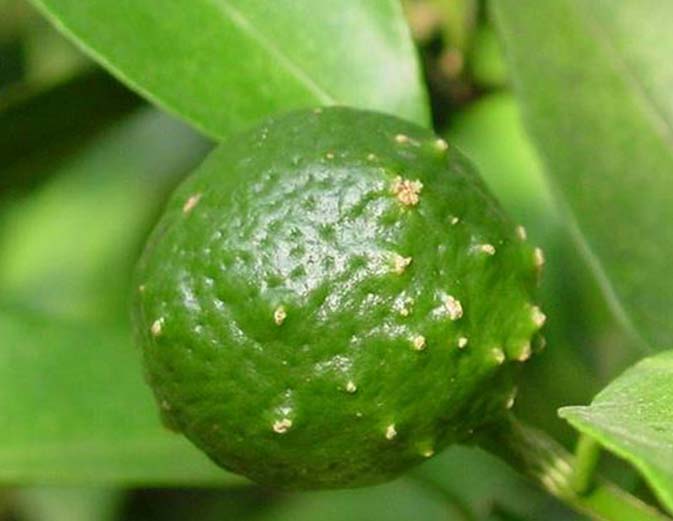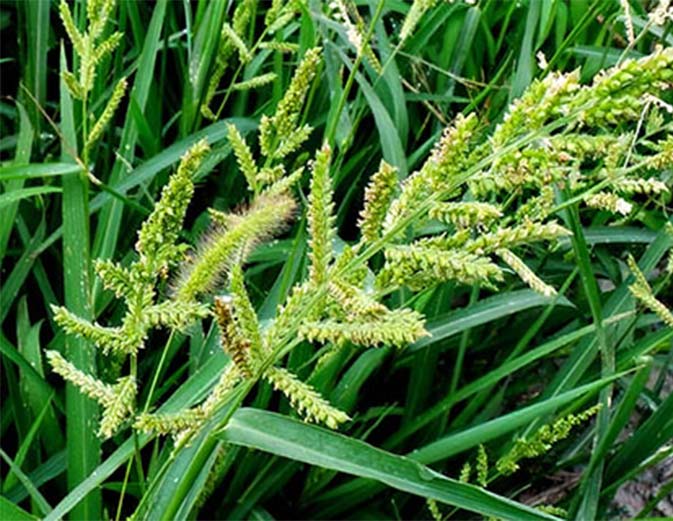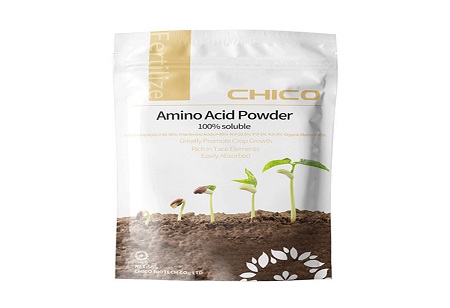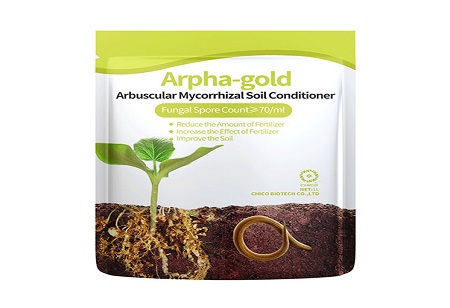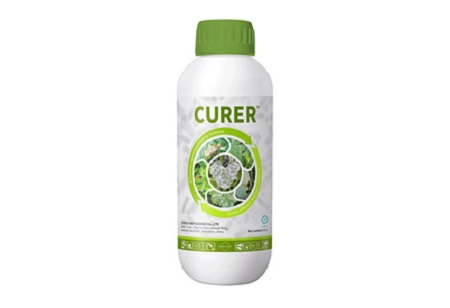
A Comprehensive Overview of Lambda-Cyhalothrin Insecticide
Lambda-cyhalothrin insecticide, a second-generation pyrethroid insecticide, is renowned for its broad-spectrum efficacy and rapid action. This article delves into its chemical properties, mechanism of action, environmental impact, and toxicological profile, providing a comprehensive analysis of current research and data.
Chemical Properties and Classification
The chemical structure of lambda-cyhalothrin insecticide is α-cyano-3-phenoxybenzyl 3-(2-chloro-3,3,3-trifluoroprop-1-enyl)-2,2-dimethylcyclopropanecarboxylate. It is a pale yellow to beige solid, with low water solubility and is almost non-volatile. It is classified as a potential endocrine-disrupting compound, indicating the need for cautious use to avoid environmental and health risks.
Mechanism of Action
As a pyrethroid insecticide, lambda cyhalothrin insecticide disrupts the normal function of the insect nervous system, leading to paralysis or death. Its efficacy is influenced by temperature, highlighting the importance of application conditions for optimal pest control.
Applications and Effectiveness
Lambda-cyhalothrin insecticide is effective in a wide range of applications, from crop production to public health pest control. It works against a variety of pests, including aphids, thrips, Colorado potato beetles, caterpillars, mosquitoes, and ticks. This insecticide comes in multiple formulations, such as emulsifiable concentrates, providing flexibility in application methods.
Toxicological Profile
Lambda-cyhalothrin insecticide is associated with various toxicological defects in non-target organisms, including hepatotoxicity, nephrotoxicity, neurotoxicity, and reproductive toxicity. Oxidative stress seems to be the primary mechanism of toxicity, with mitochondrial damage playing a crucial role. Antioxidants are suggested as potential methods to mitigate the toxicity induced by lambda-cyhalothrin insecticide.
Environmental Fate and Resistance
Lambda-cyhalothrin insecticide has low water solubility, is relatively volatile, and poses a low risk for groundwater penetration. However, it is highly toxic to fish, aquatic invertebrates, and bees, and moderately toxic to earthworms. Reports indicate that pests such as the Aedes aegypti mosquito and thrips have developed resistance to it, emphasizing the need for responsible use and insecticide rotation.
Metabolism and Degradation
The main soil metabolic products of lambda-cyhalothrin insectiside include (RS)-α-cyano-3-(4-hydroxyphenoxy)benzyl-(Z)-(1RS)-cis-3-(2-chloro-3,3,3-trifluoroprop-1-enyl)-2,2-dimethylcyclopropanecarboxylate, 3-phenoxybenzoic acid, and (Z)-3-(2-chloro-3,3,3-trifluoroprop-1-enyl)-2,2-dimethylcyclopropanecarboxylic acid. Understanding these metabolites is essential for assessing lambda-cyhalothrin insecticide's environmental impact and persistence.
Lambda-cyhalothrin insectiside is a powerful insecticide with a wide range of applications. While effective for pest control, its potential toxicological impacts on non-target organisms and the environment necessitate careful management and strict adherence to label guidelines. Further research is needed to reduce risks and develop sustainable usage strategies.




